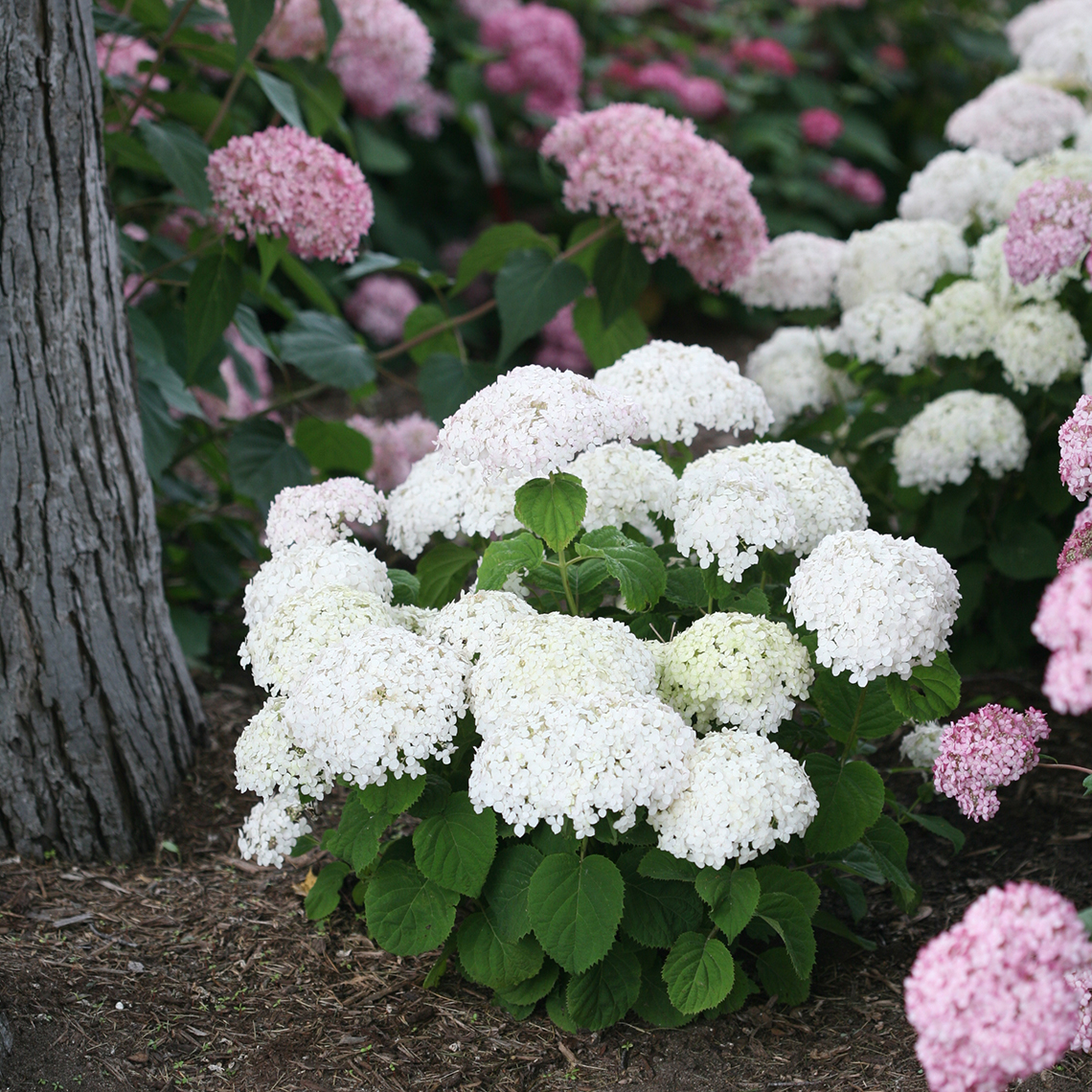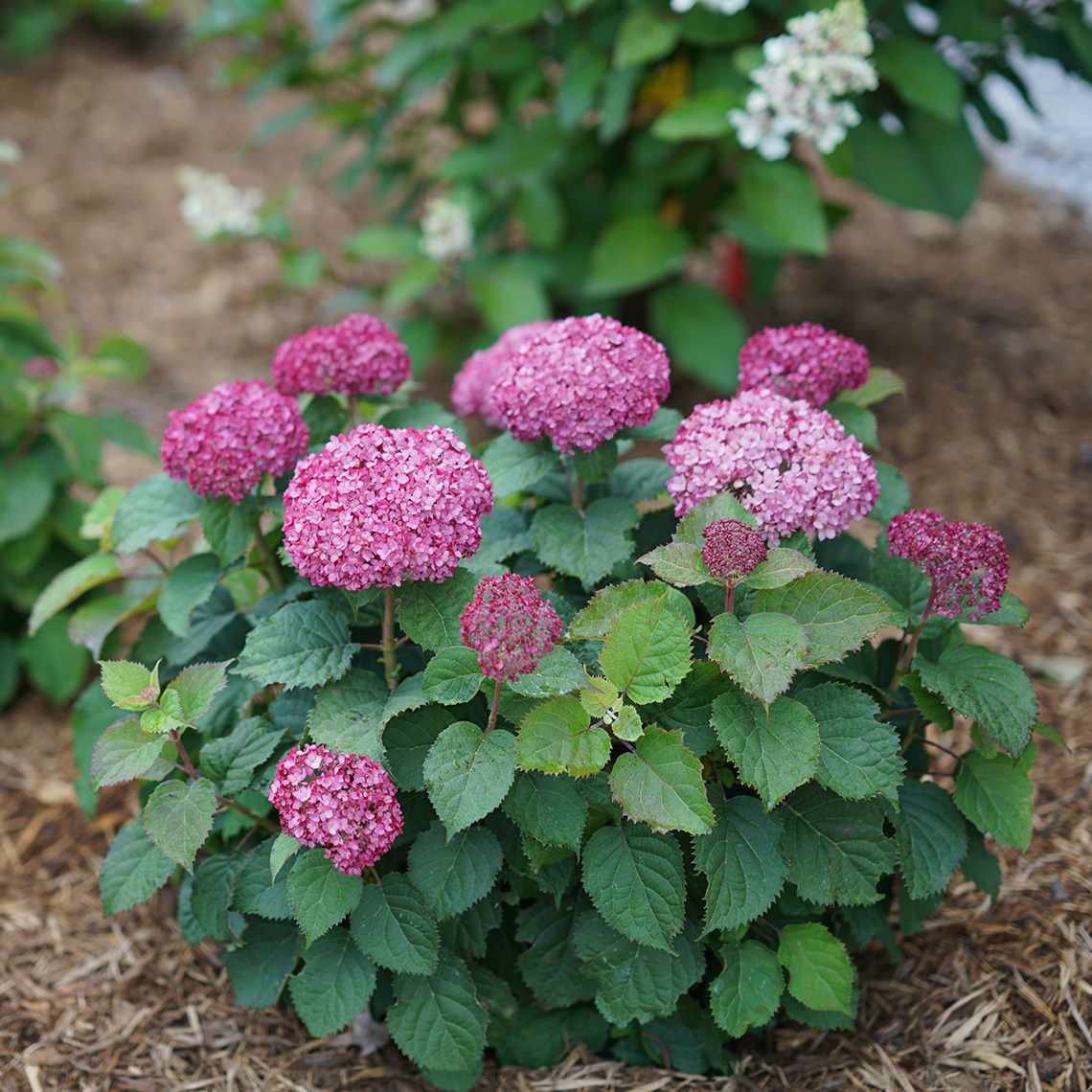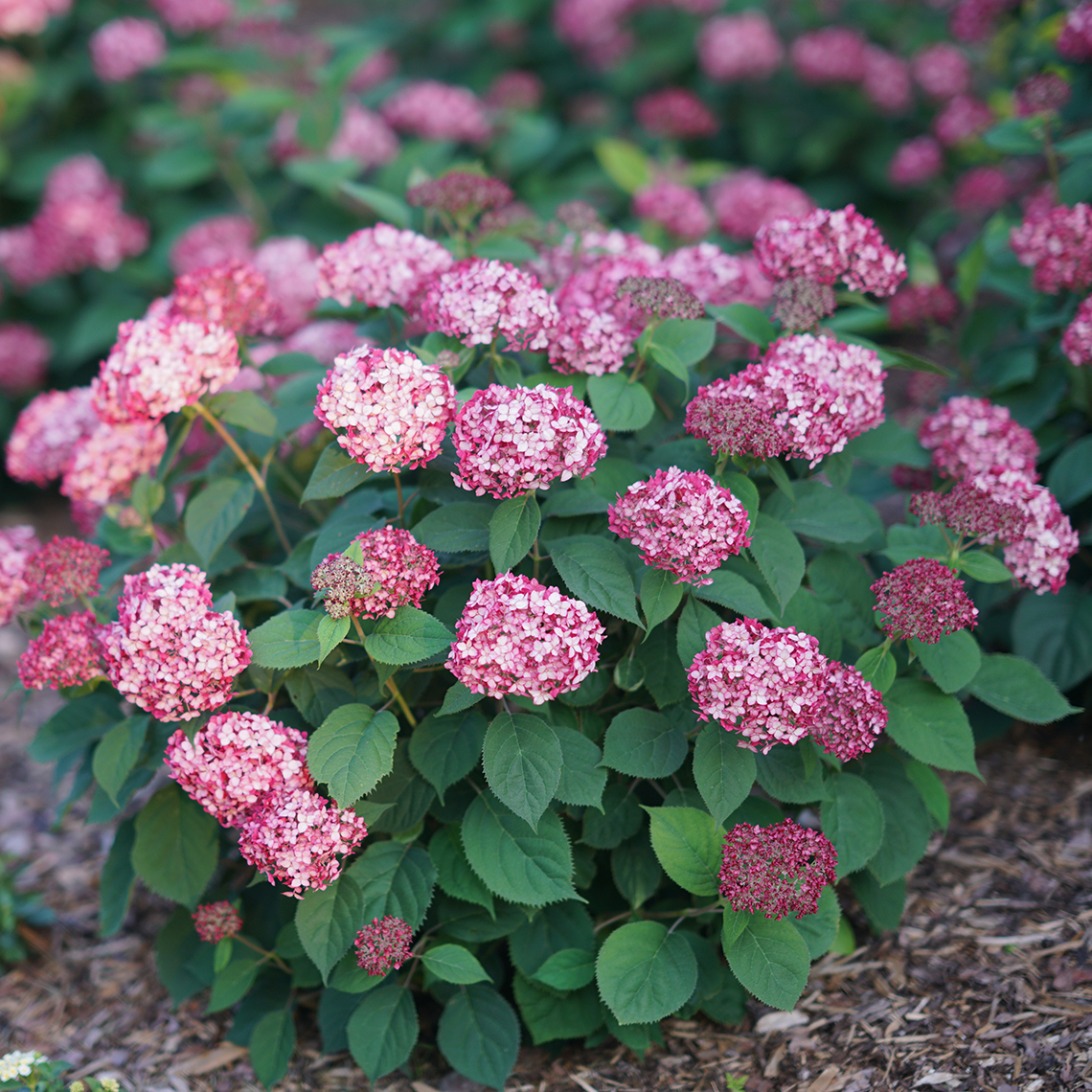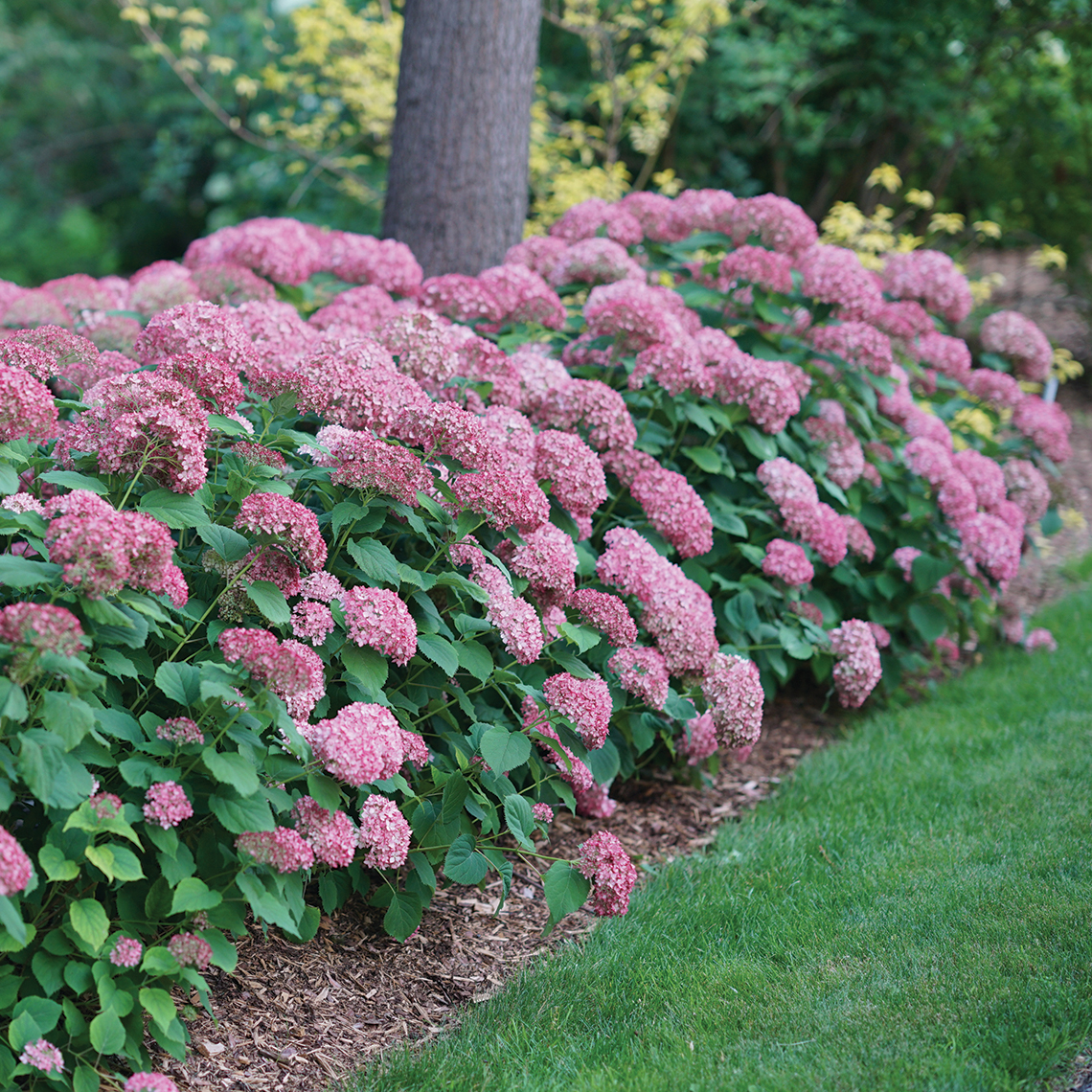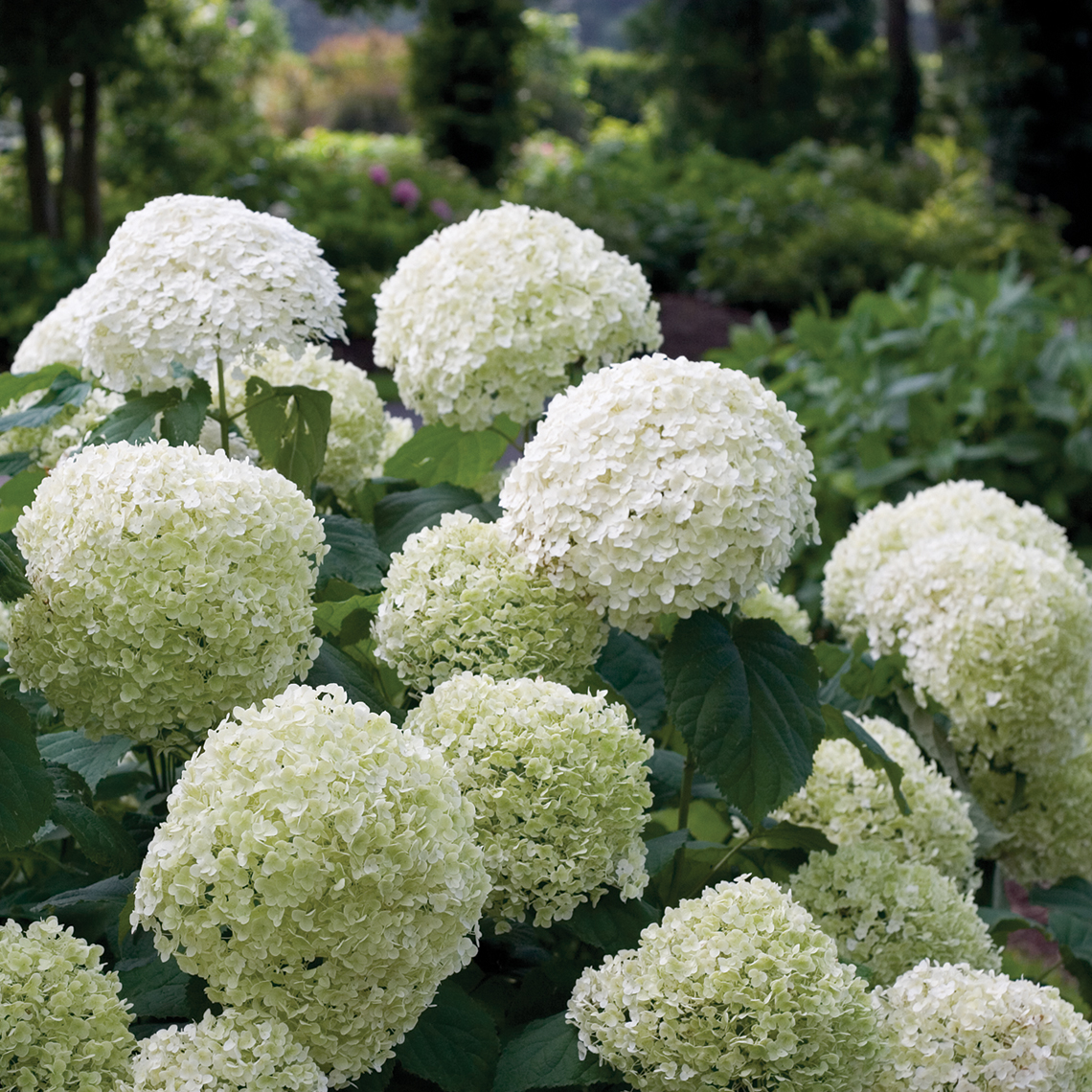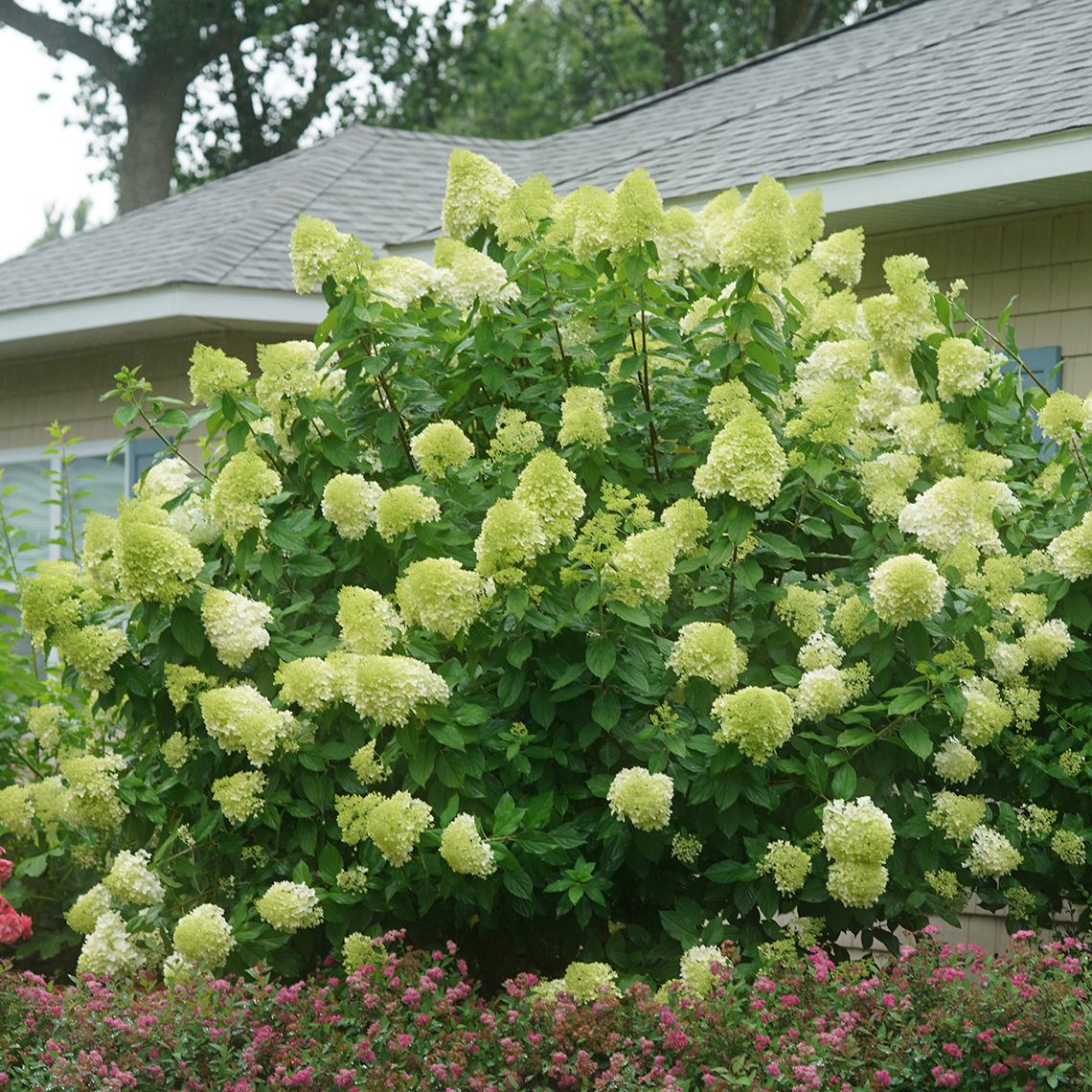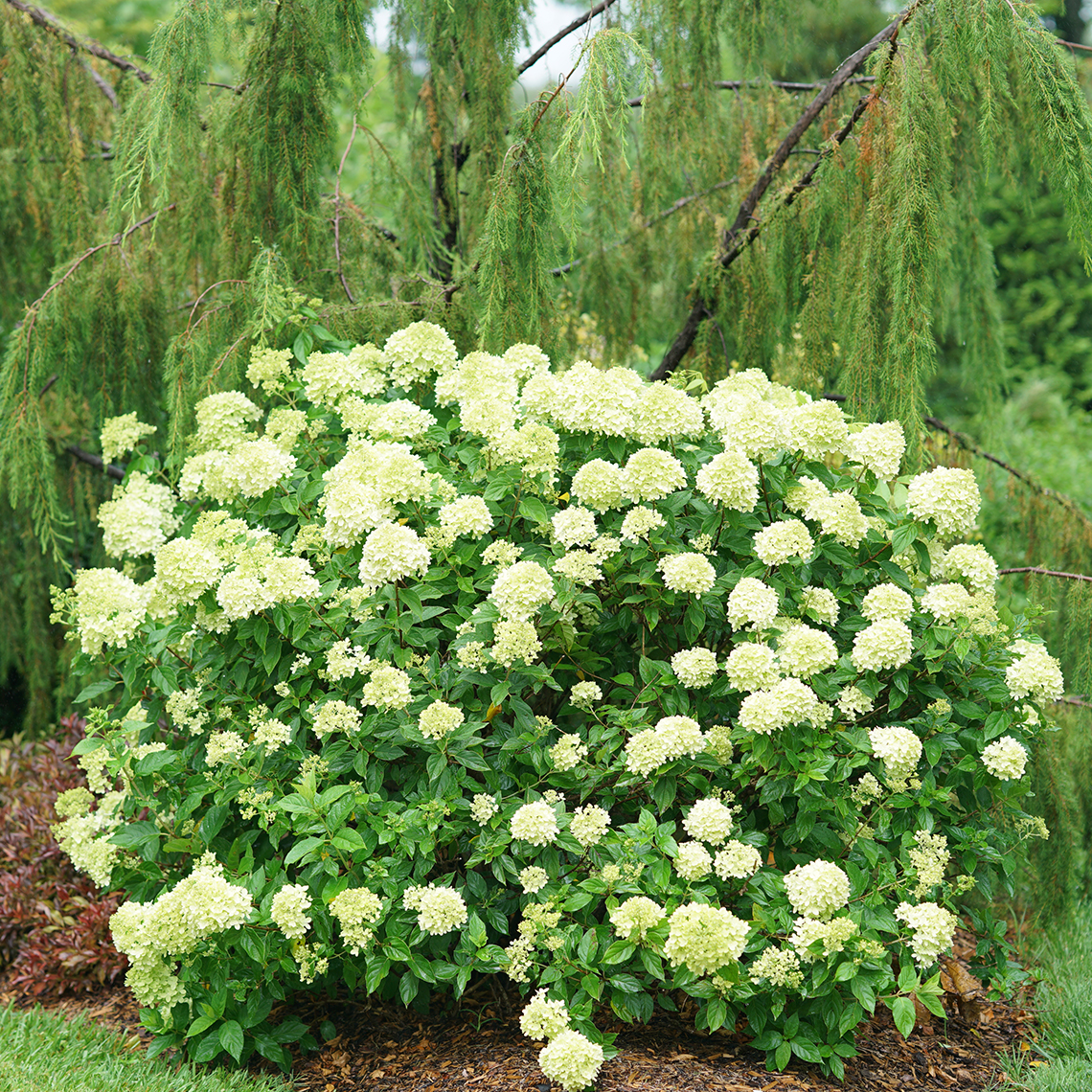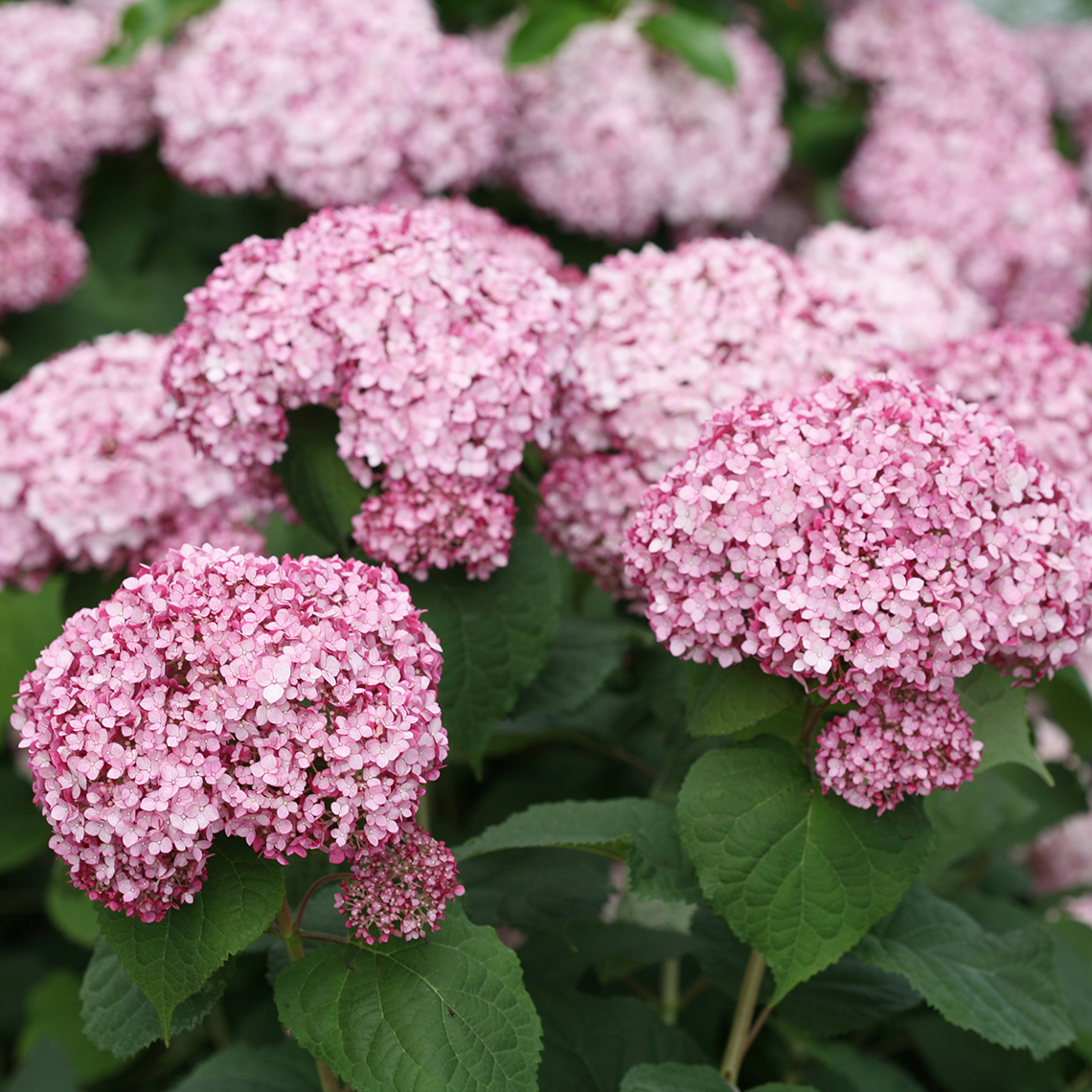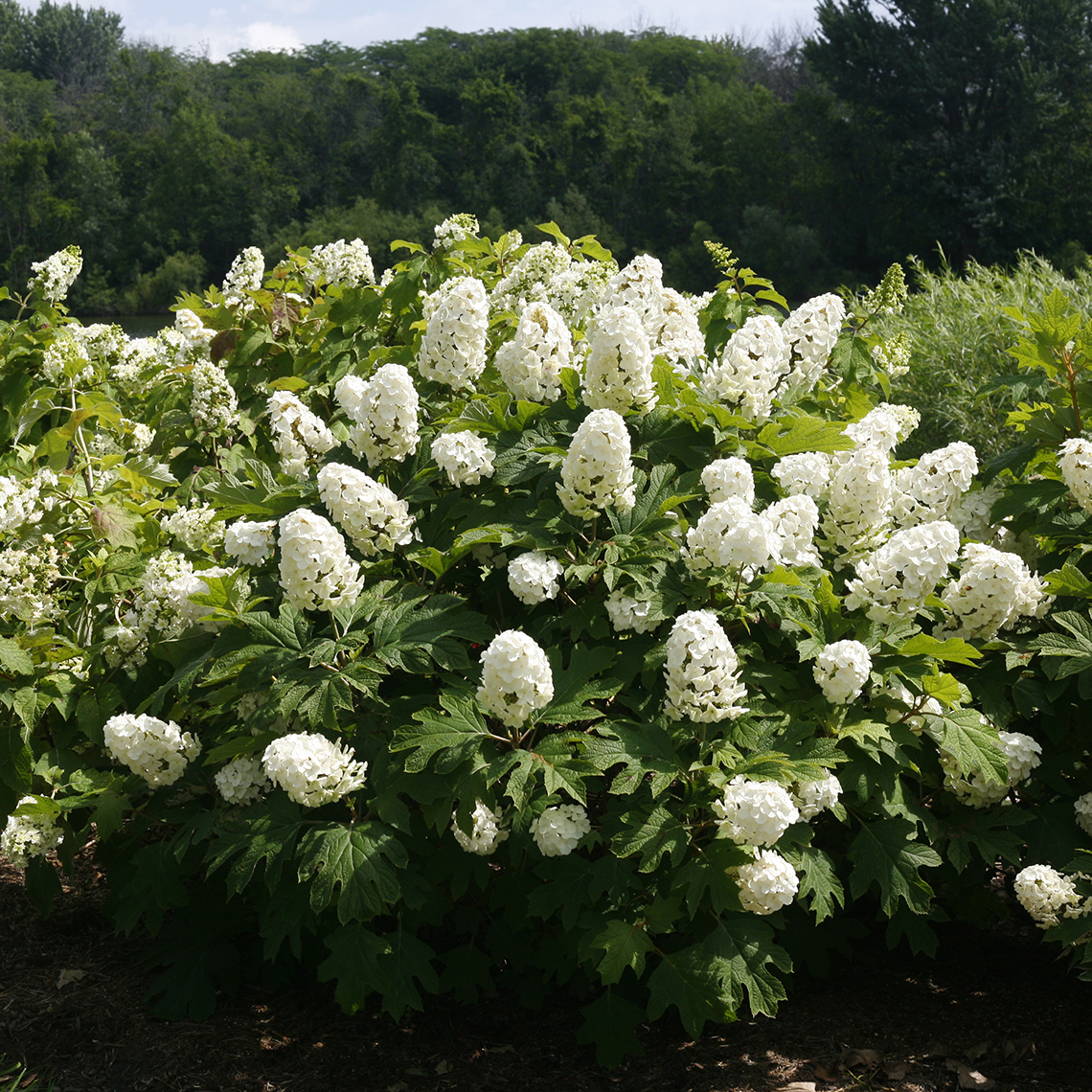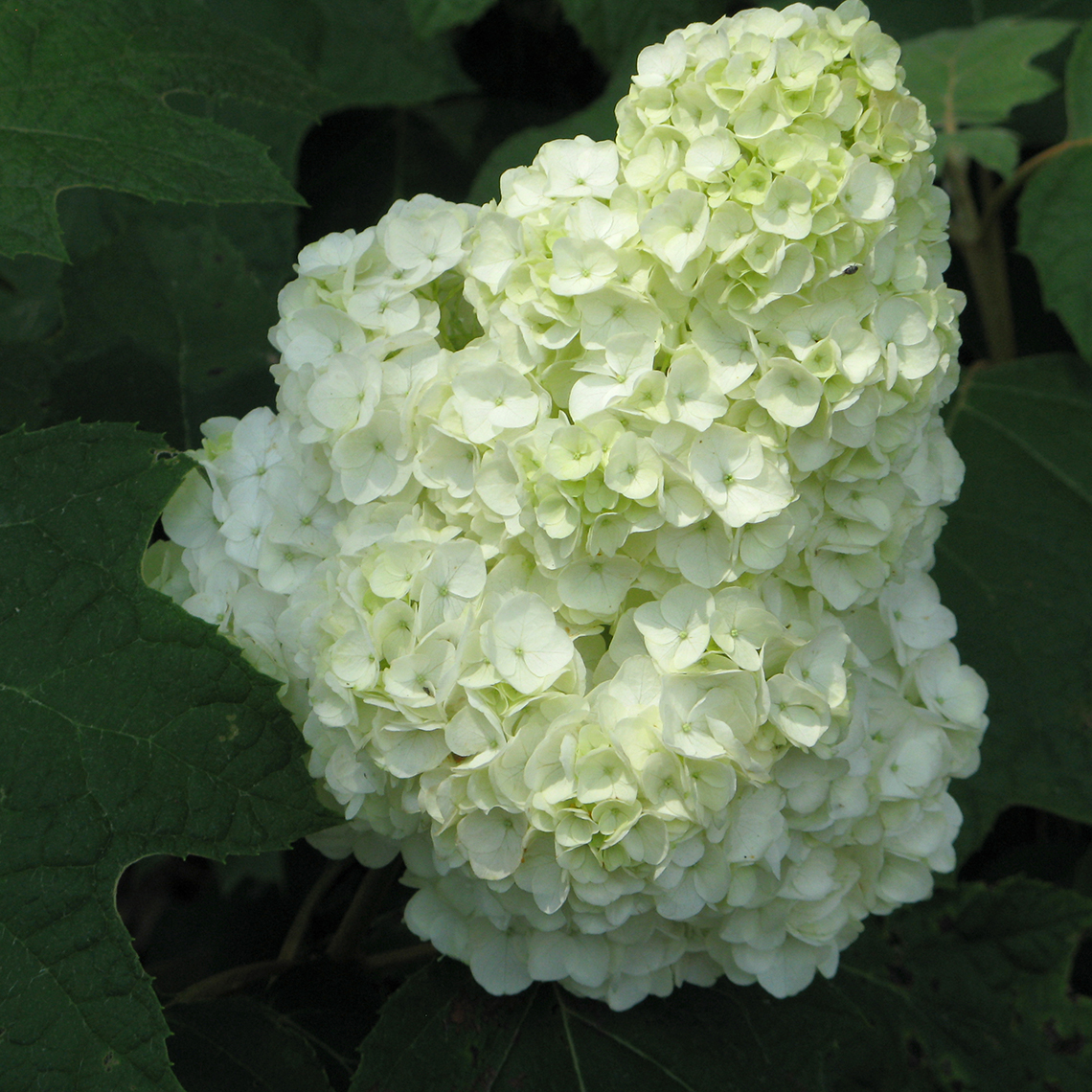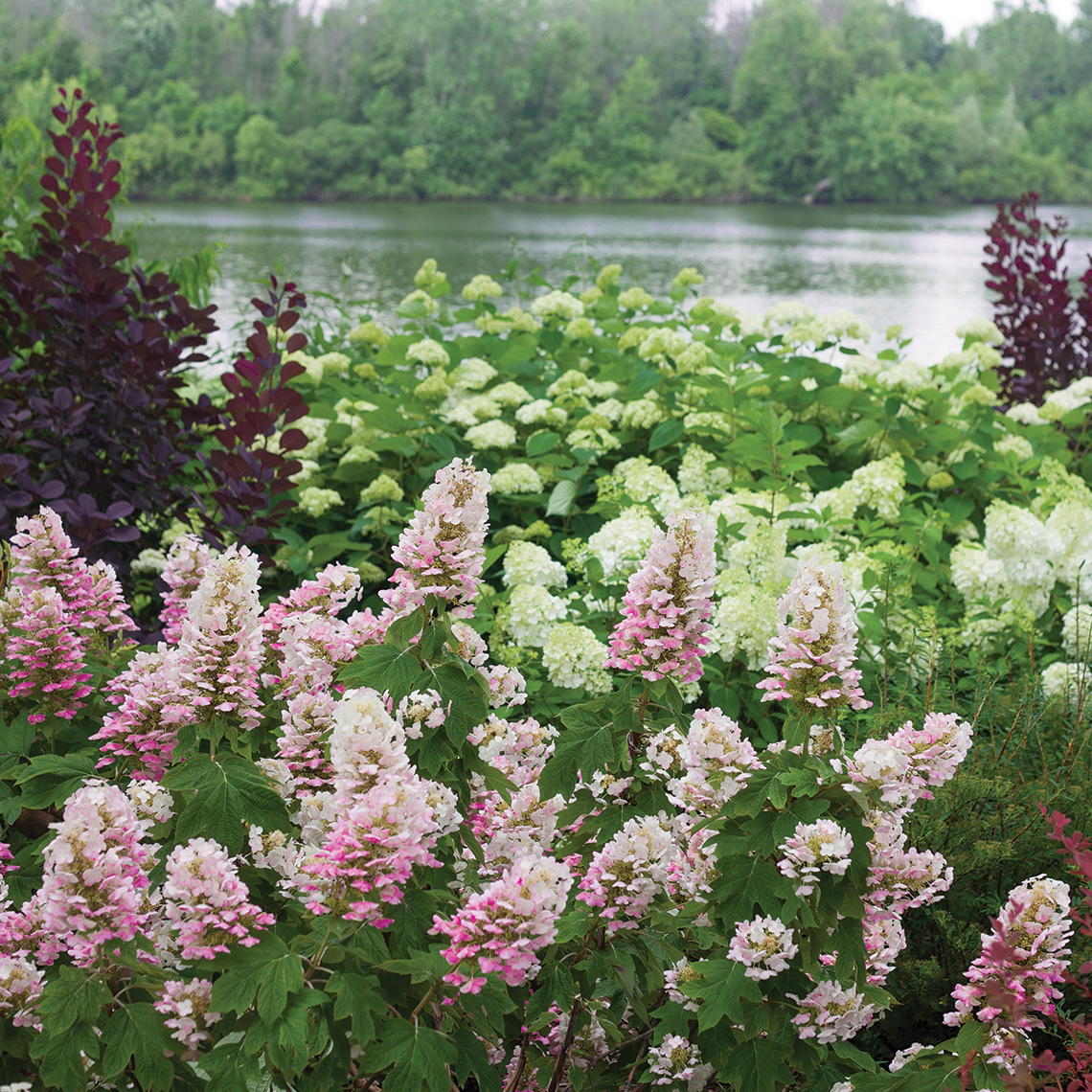Clicking the following controls will change the main image displayed above.
- Tag: Invincibelle Limetta® Hydrangea Tag
- Spec Sheet: Invincibelle Limetta® Hydrangea Spec Sheet
- Benchcard: Invincibelle Limetta® Hydrangea Benchcard
- Plant of the Week: Plant of the Week July 1 2021
- Grower Sheet: Invincibelle Limetta Hydrangea Grower Sheet
- Booklet/Brochure: A New Vision for Native Shrubs

Meet the Breeder
Dr. Tom Ranney
North Carolina, USA
INVINCIBELLE LIMETTA®

Hydrangea - Smooth
Hydrangea arborescens
'NCHA8'
PP#30,431; CBR#6346
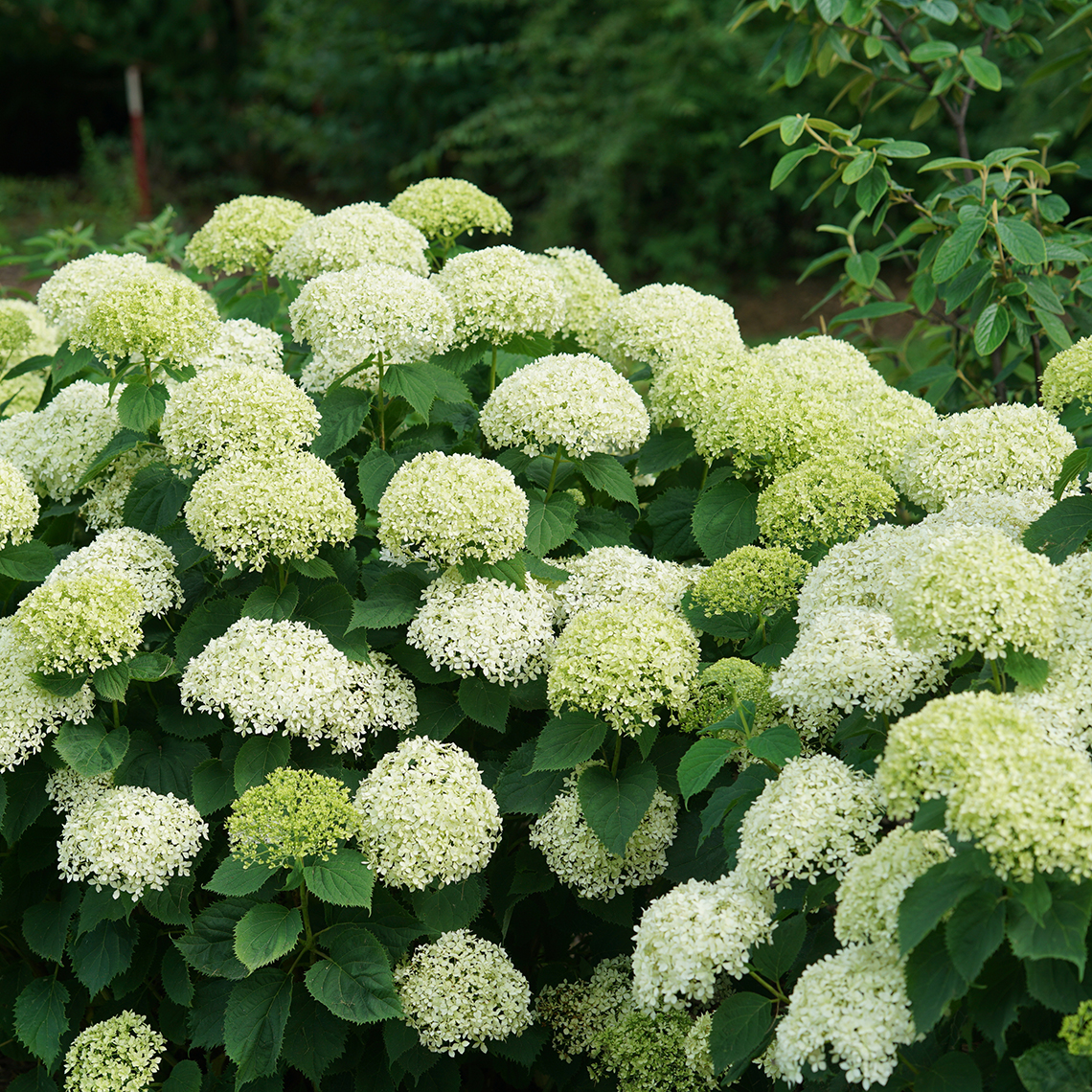 "}
"}
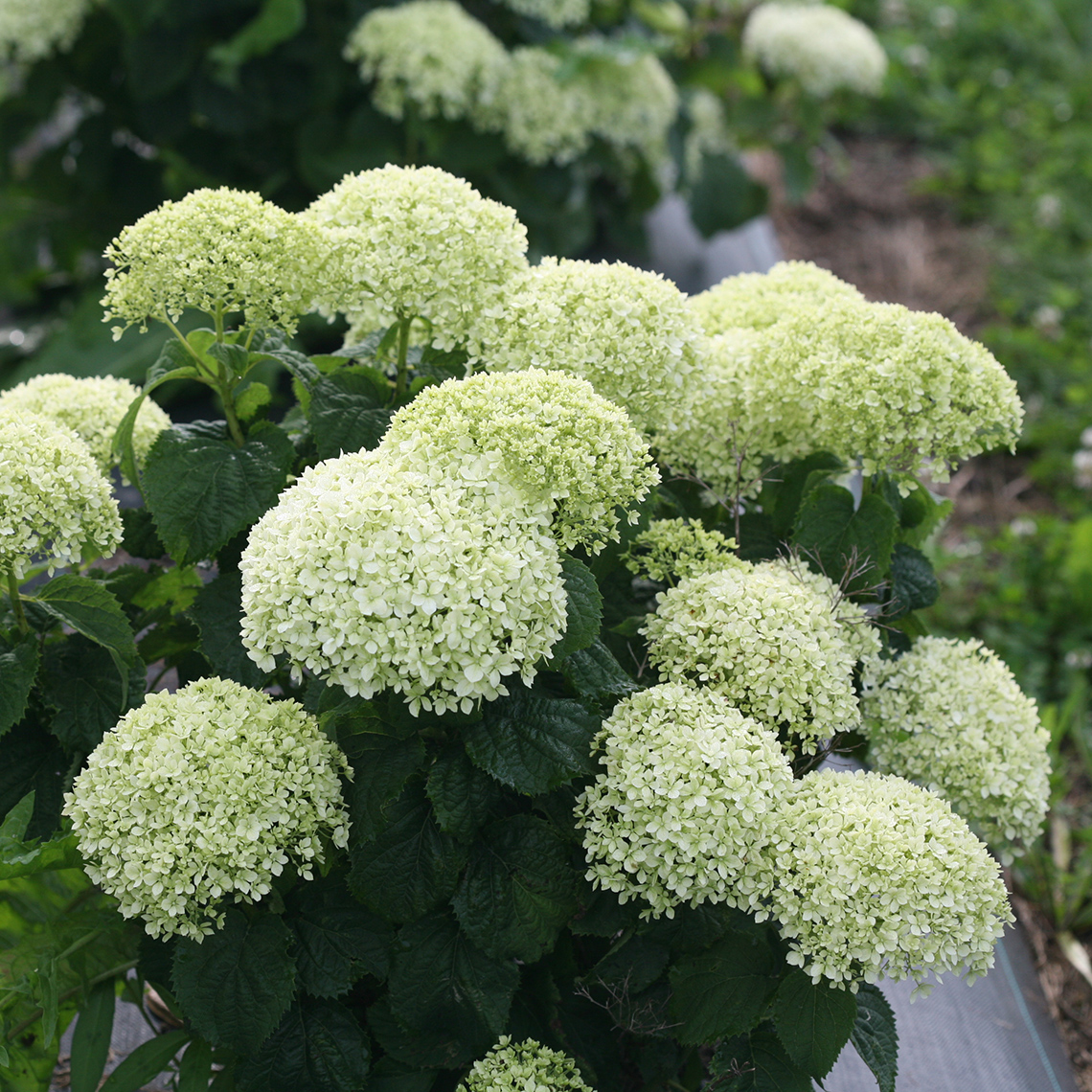
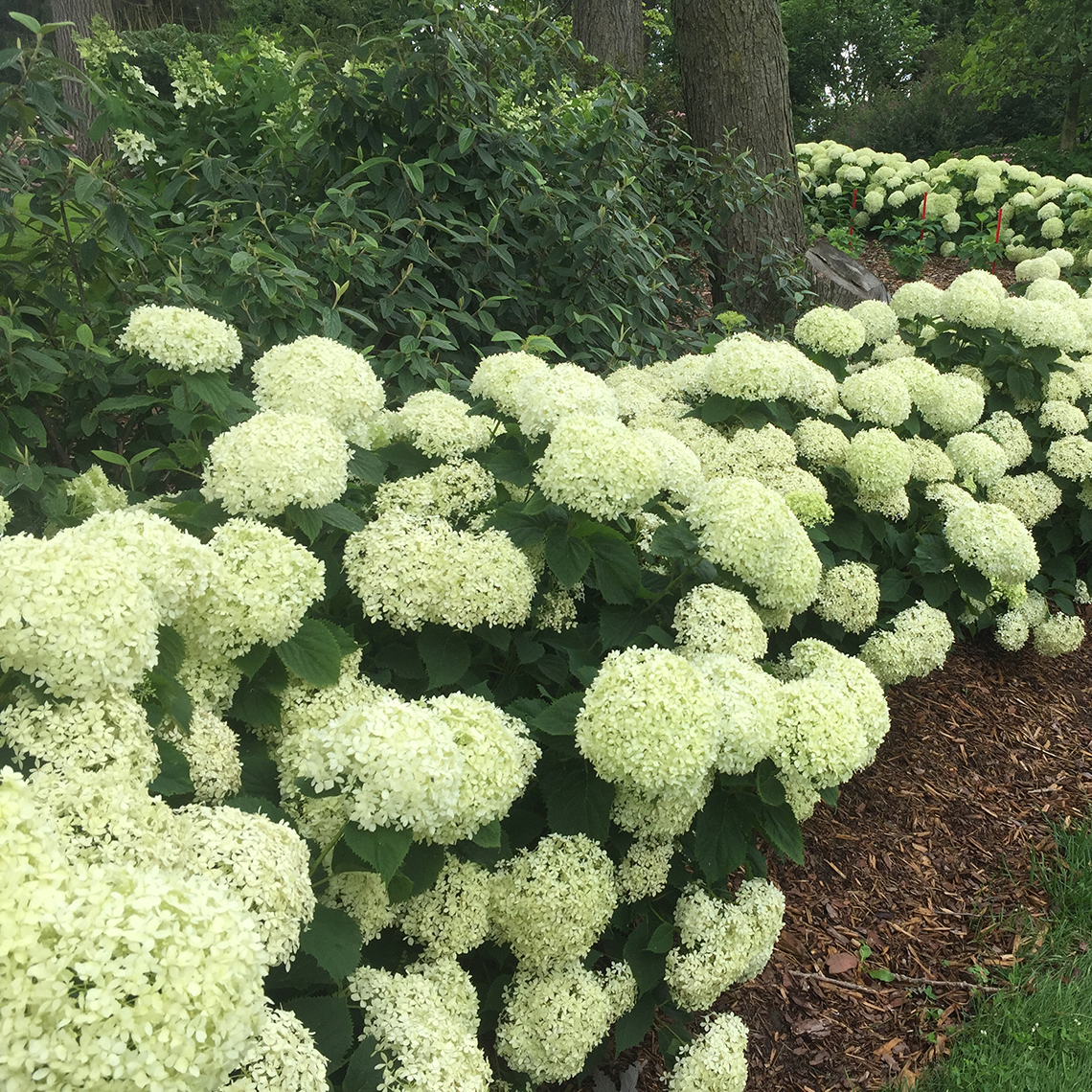
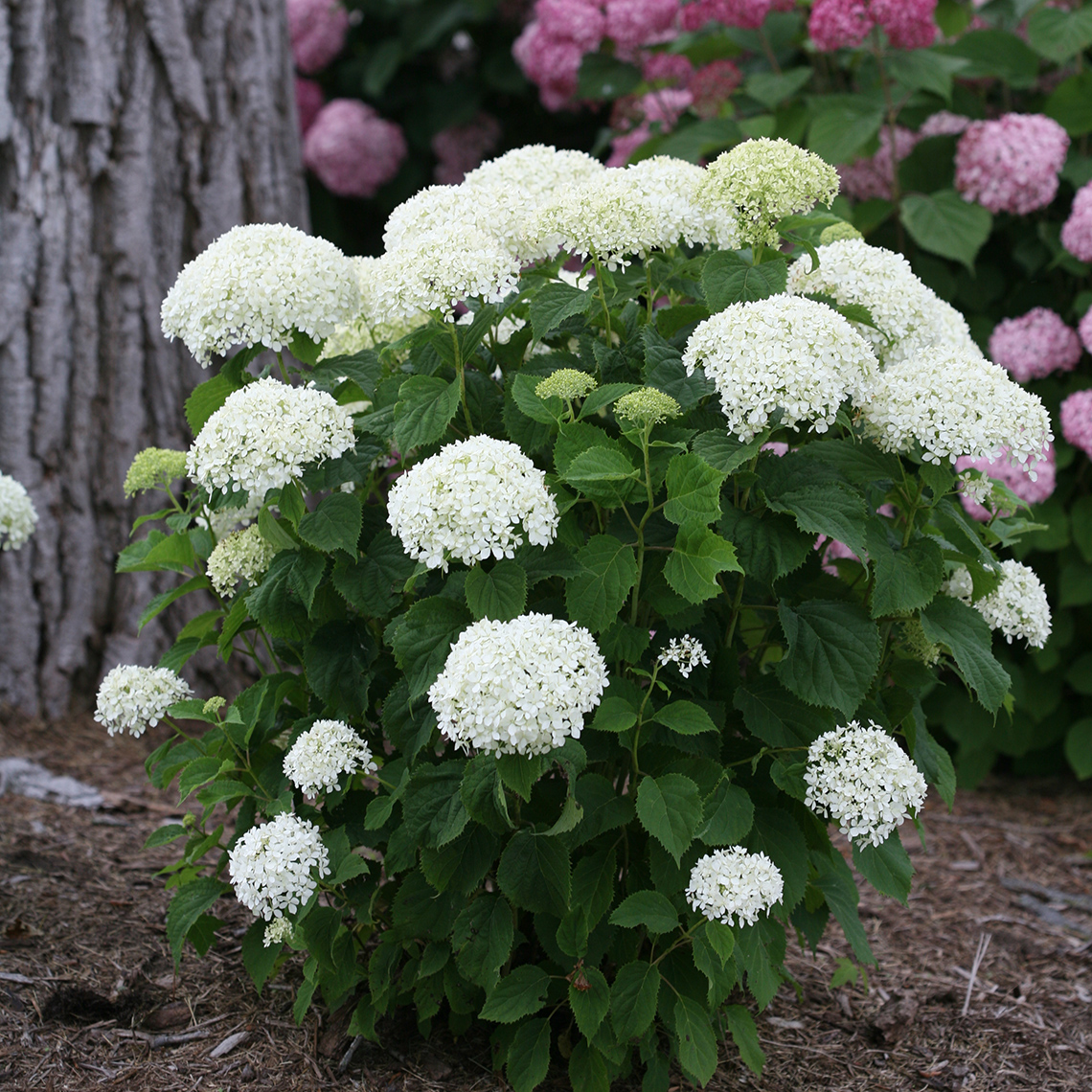
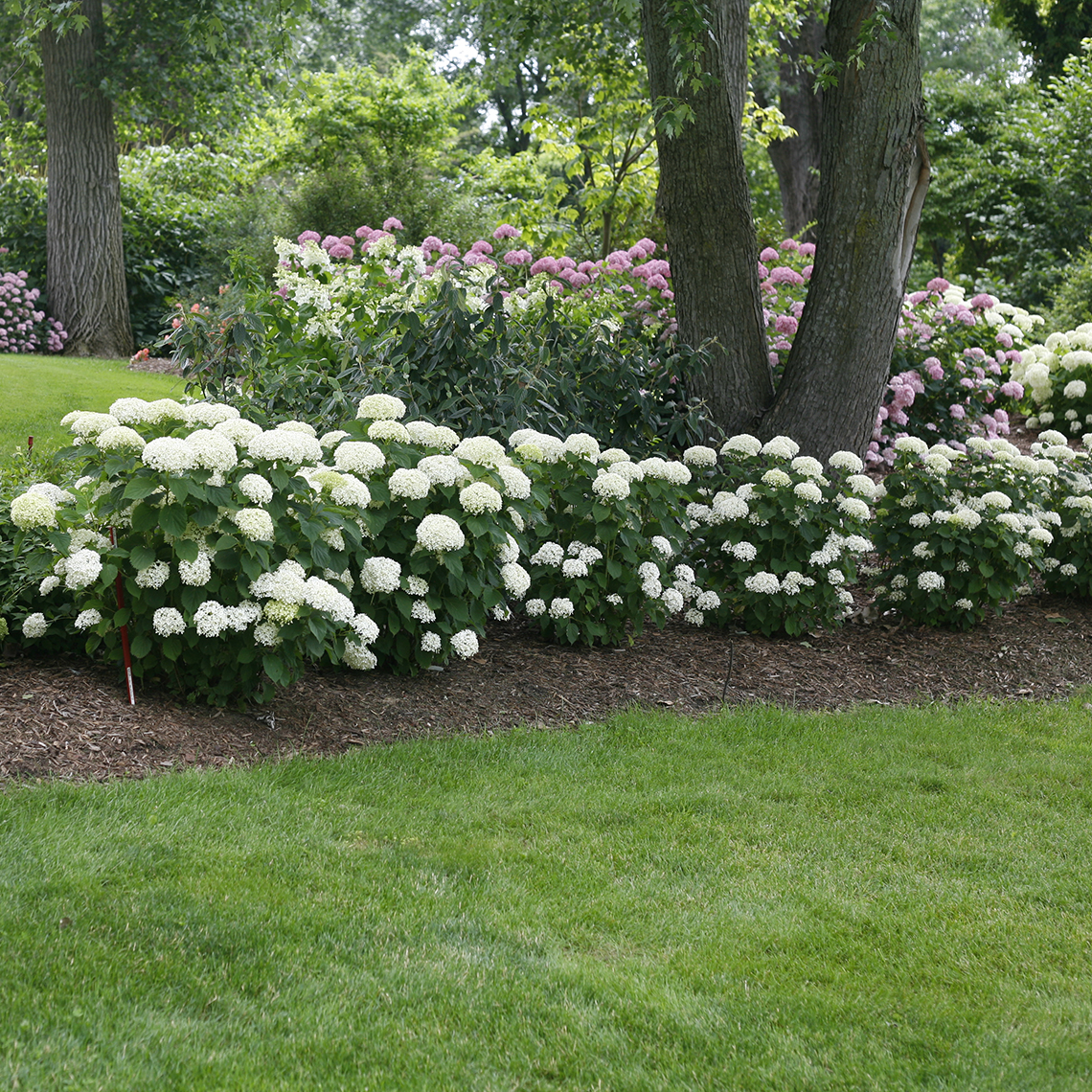
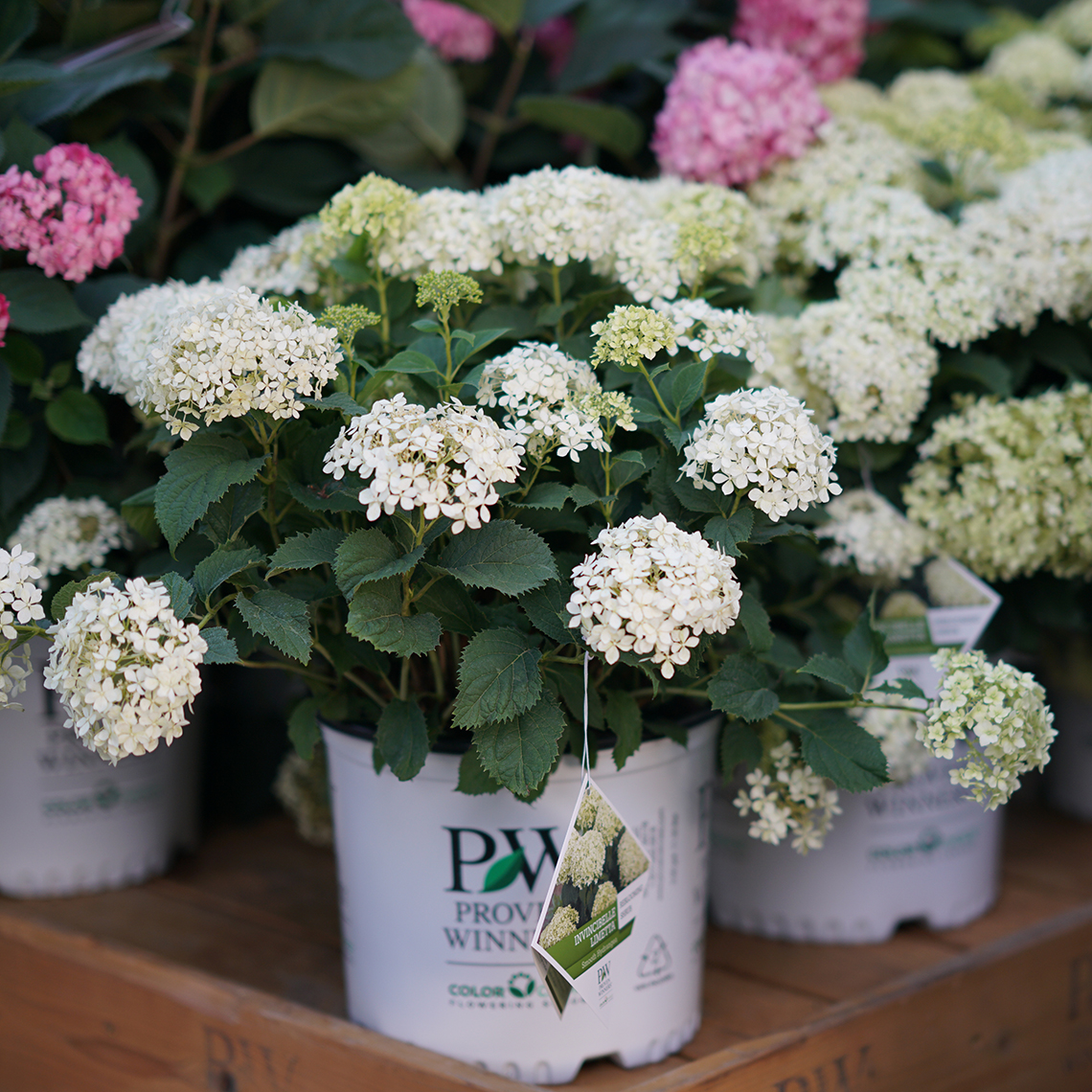
- Reblooming
- Strong stems
- Native to North America
- Description
Go green!
Invincibelle Limetta® hydrangea represents the next generation of 'Annabelle'-type hydrangeas. This revolutionary new variety offers a dwarf habit with lush green flowers and very strong stems. Blooms start out a rich jade green, soften to green-white, then age to green again. This strong rebloomer keeps fresh flowers coming through frost, too. A versatile, reliable native shrubs that appeals to landscape designers and homeowners alike.
- Awards
- Plantarium Gold Medal
- USDA Zone
- 3 - 8 (-40°F/-40°C)
- Exposure
- Full sun, Part sun
- Height
- 3 - 4'
- Width
- 3 - 4'
- Finish Time
- 1 season
- Type
- Deciduous
- Bloom Time
- Summer - fall
- Flower Color
- Green
- Foliage Color
- Green
- Liner Sizes
- 2 1/4", 4", Quick Turn
General Care
Soil
Grows well in most soils; avoid wet and poorly drained sites. Mulch is recommended in the landscape.Pruning
Blooms on new wood - cut back by about one-third its total height in early spring, just as the new growth begins to emerge on the stems. Smooth hydrangeas may be cut back harder, however, this prevents woody cells from developing, prohibiting the plant from achieving its maximum stem strength.Uses
Versatile and showy, smooth hydrangeas offer dozens of landscape applications: foundation plantings, perennial gardens, hedges, cut flower gardens, naturalizing, pollinator and wildlife gardens.Growing Tips
Easy care and reliable. Grows best in well-drained soils and a minimum of 6 hours of sun each day (afternoon shade in hot climates is a good idea). Flower color is not dependent on soil pH.Features: Clay soil, Compact, Cut flower, Dwarf, Heat tolerant, Native, Reblooming
Filters: Botanical genus: Hydrangea, Common name: Hydrangea - Smooth, Retail program: Proven Winners® ColorChoice®, USDA Zone 3, USDA Zone 4, USDA Zone 5, USDA Zone 6, USDA Zone 7, USDA Zone 8, Exposure: Full sun, Exposure: Part sun, Bloom time: Summer, Green flowers, Green foliage
Features: Clay soil, Compact, Cut flower, Dwarf, Heat tolerant, Native, Reblooming
Filters: Botanical genus: Hydrangea, Common name: Hydrangea - Smooth, Retail program: Proven Winners® ColorChoice®, USDA Zone 3, USDA Zone 4, USDA Zone 5, USDA Zone 6, USDA Zone 7, USDA Zone 8, Exposure: Full sun, Exposure: Part sun, Bloom time: Summer, Green flowers, Green foliage

